Our range of Rubber Tire Supported Drum Debarkers, available in various diameters and lengths to suit different operational scales, are designed to be versatile, with options for stationary, transportable, and mobile configurations, catering to the diverse needs within the forest products industry.
The design of these drum debarkers incorporates unique features that enhance debarking efficiency and fiber recovery. For instance, the bark slots are tailored to specific applications, ensuring optimal bark removal. The use of 'Super Single' Tires as support allows for a significant open area in the shell, which is a notable improvement over the standard rubber tire supported drums.
In terms of construction, the drum shells are crafted from thick steel plate, ensuring durability and longevity. The 'Less Lifter' shell technology is another innovation that provides gentle yet effective debarking, minimizing fiber damage. Additionally, the 'Cold Weather Technology' offers operational flexibility, allowing the drums to adapt to varying debarking conditions.
These drum debarkers are equipped with direct coupled electric drives, offering the ability to rotate the drum in either direction, which contributes to even wear and extends the lifespan of the equipment. They are designed to handle a wide range of production rates, accommodating system requirements from 25 to 350 tons per hour, depending on the drum and infeed system configuration.









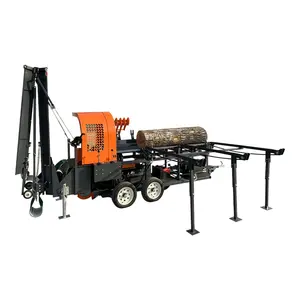





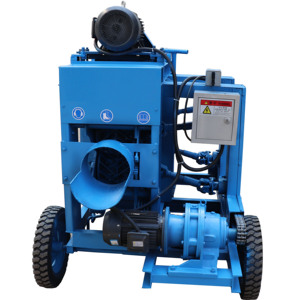




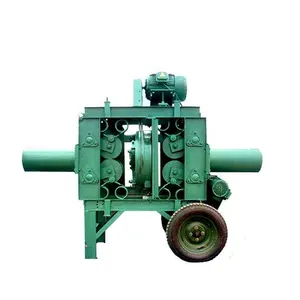
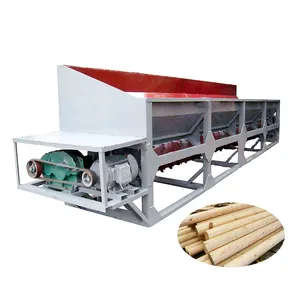
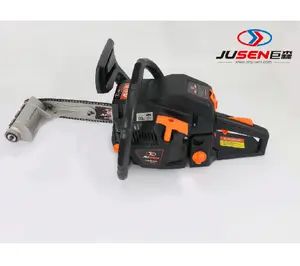
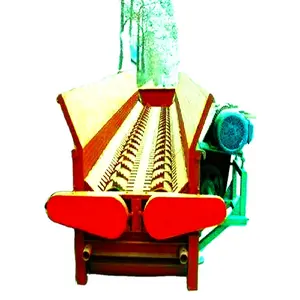



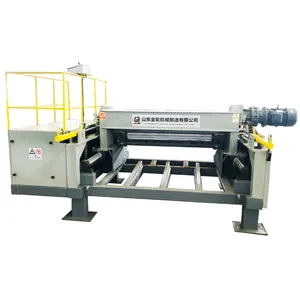






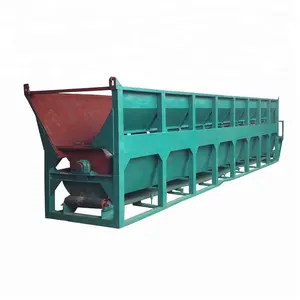
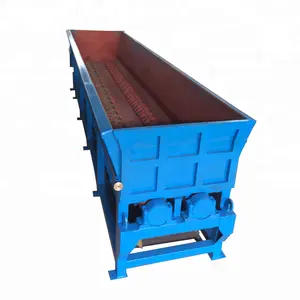






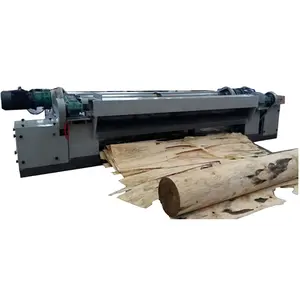



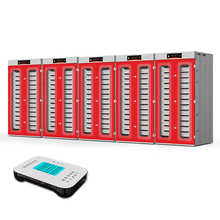
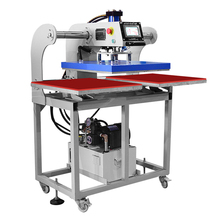
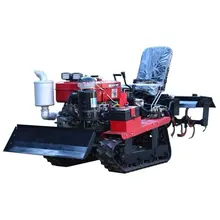































 浙公网安备 33010002000092号
浙公网安备 33010002000092号 浙B2-20120091-4
浙B2-20120091-4